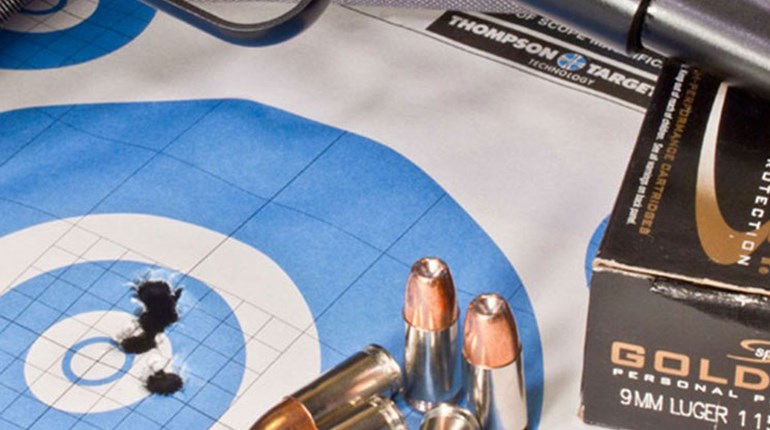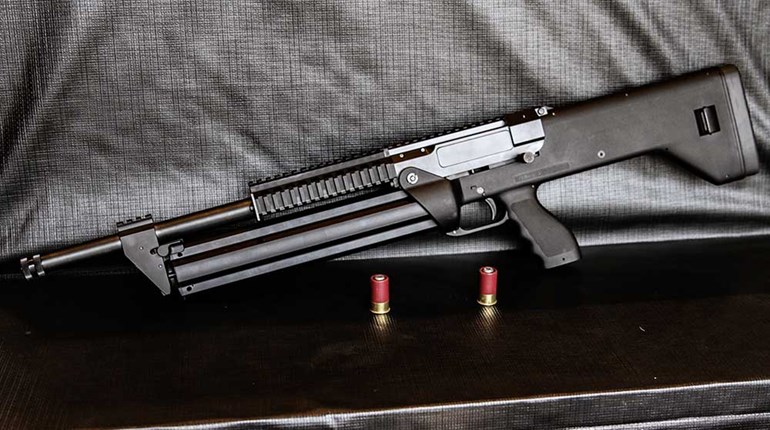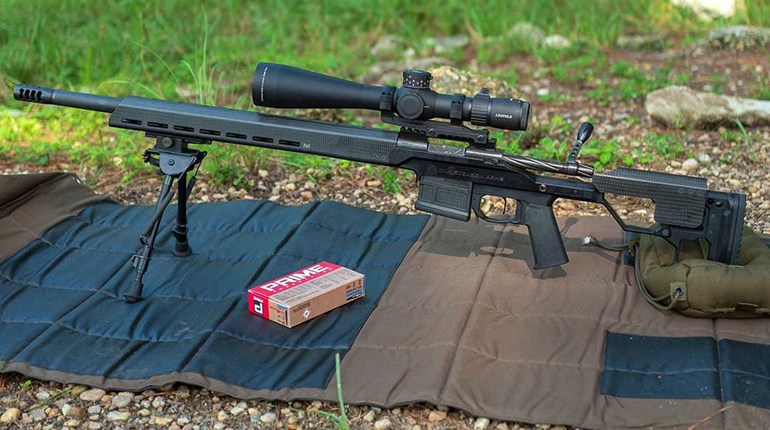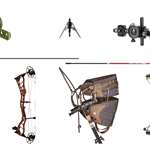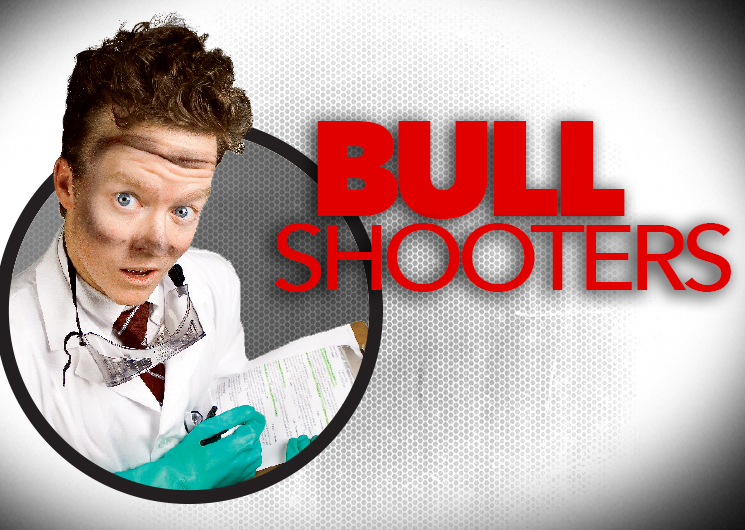
The Myth: A 25-yard zero puts you “dead-on” at 100 yards. I’ve listened to some pretty amazing ballistic theories over the years but this one is probably the most common. The theory is that, with common big game cartridges, a “zero” at 25 yards will correlate to a second “zero” at 100 yards.
The Ballistic Background: First we have to understand the concept of zero. Because a rifle’s sights are not inside the bore and a bullet’s flight path is subject to gravity, we must align our sight to intersect with the bullet’s path at a given distance. Generally, we consider the rifle’s “zero” to be the point at which the bullet’s path intersects the line of sight for the second time. In other words, if the bullet strikes the line of sight at 25 yards and then rises relative to the line of sight before falling and intersecting the line of sight again at 100 yards, we have a 100 yard zero.
Let’s look at a few common examples:
.30-06 Federal Premium 165gr. Nosler Partition 2830 fps (Factory)
25 yard zero=2.77 inches high at 100 yards
.270 WCF Winchester Silvertip 130gr. 3060 fps (Factory)
25 yard zero=3.0 inches high at 100 yards
.243 Winchester 100gr Hornady Interlock 2960 fps (Factory)
25 yard zero=2.9 inches high at 100 yards
Fact is,most common big game loads would be about 3 inches high at 100 yards. For hunting purposes it may be "close enough," but it's not "dead on" for most calibers.
The Conclusion: A 25-yard zero will put your bullet around 2.5 to 3 inches high at 100 yards depending on caliber, but it's not "dead on."












